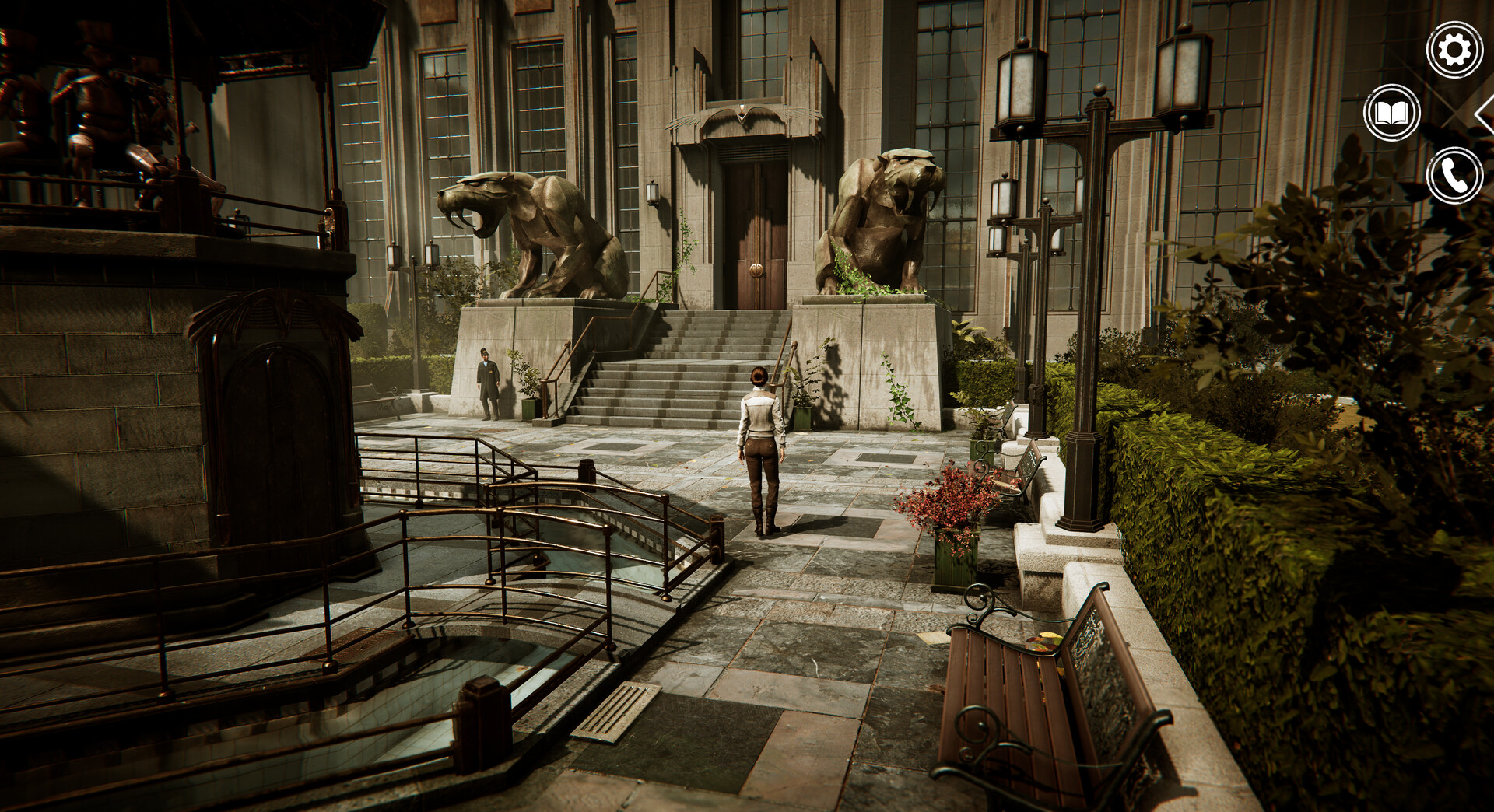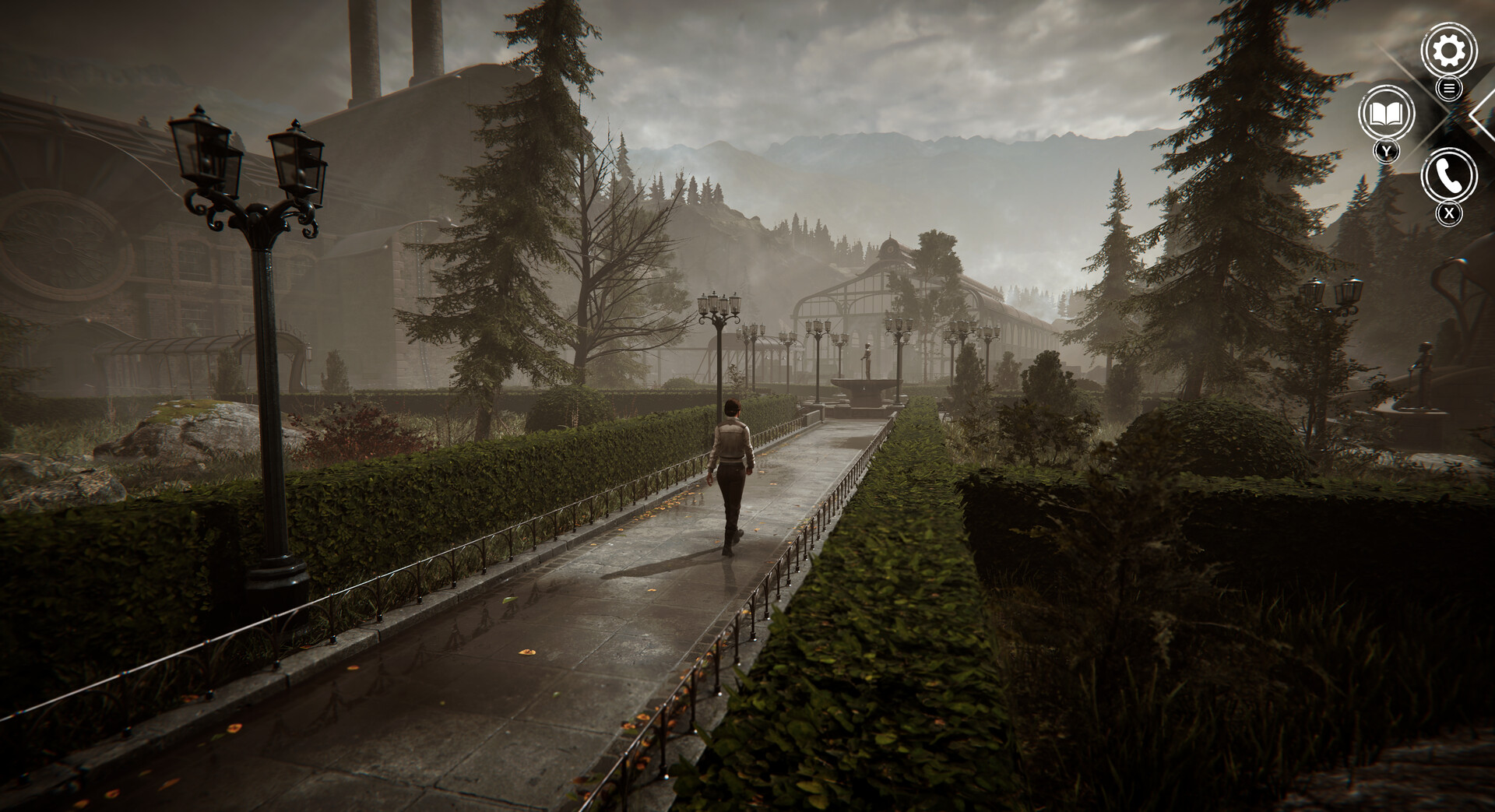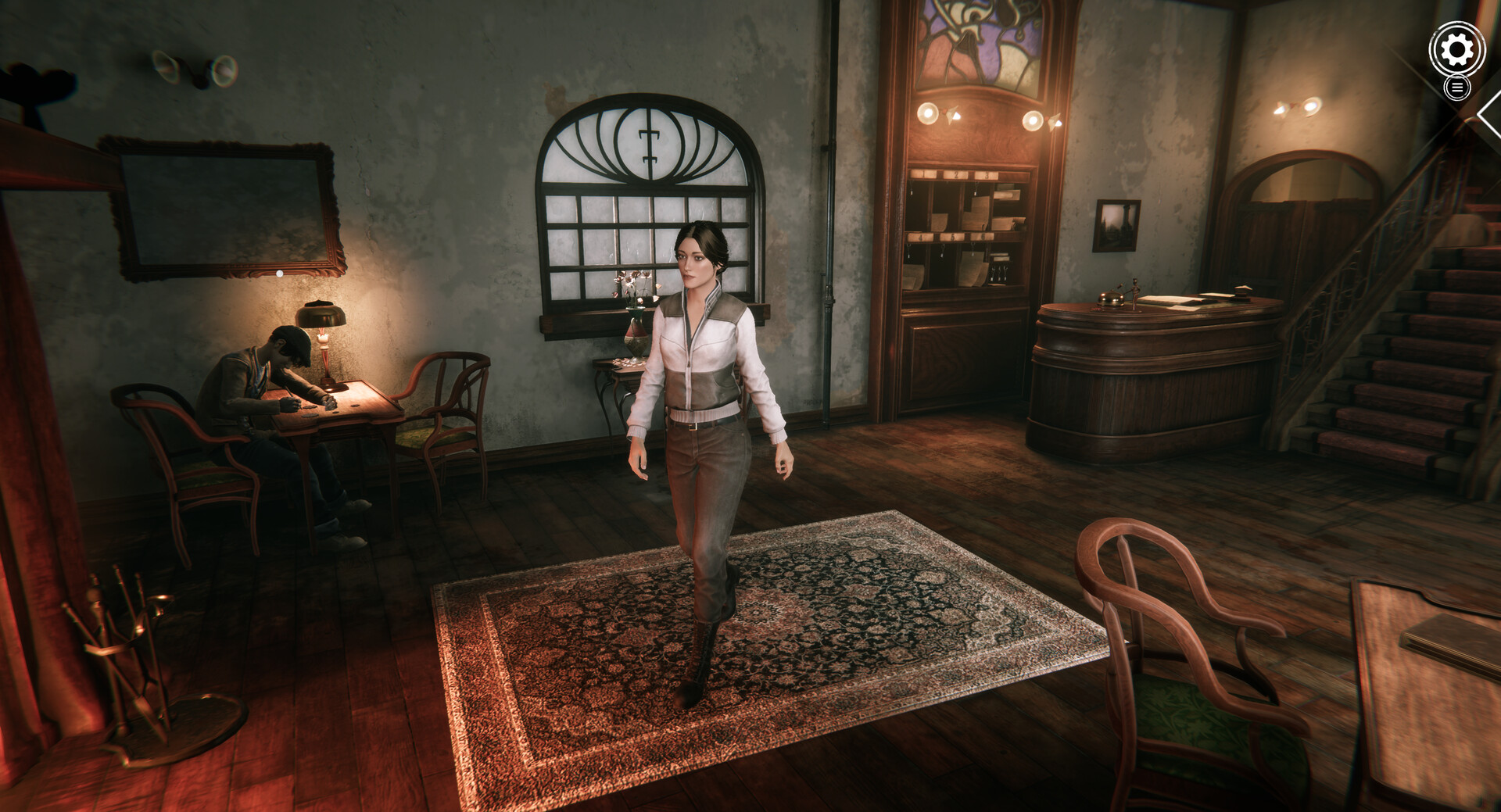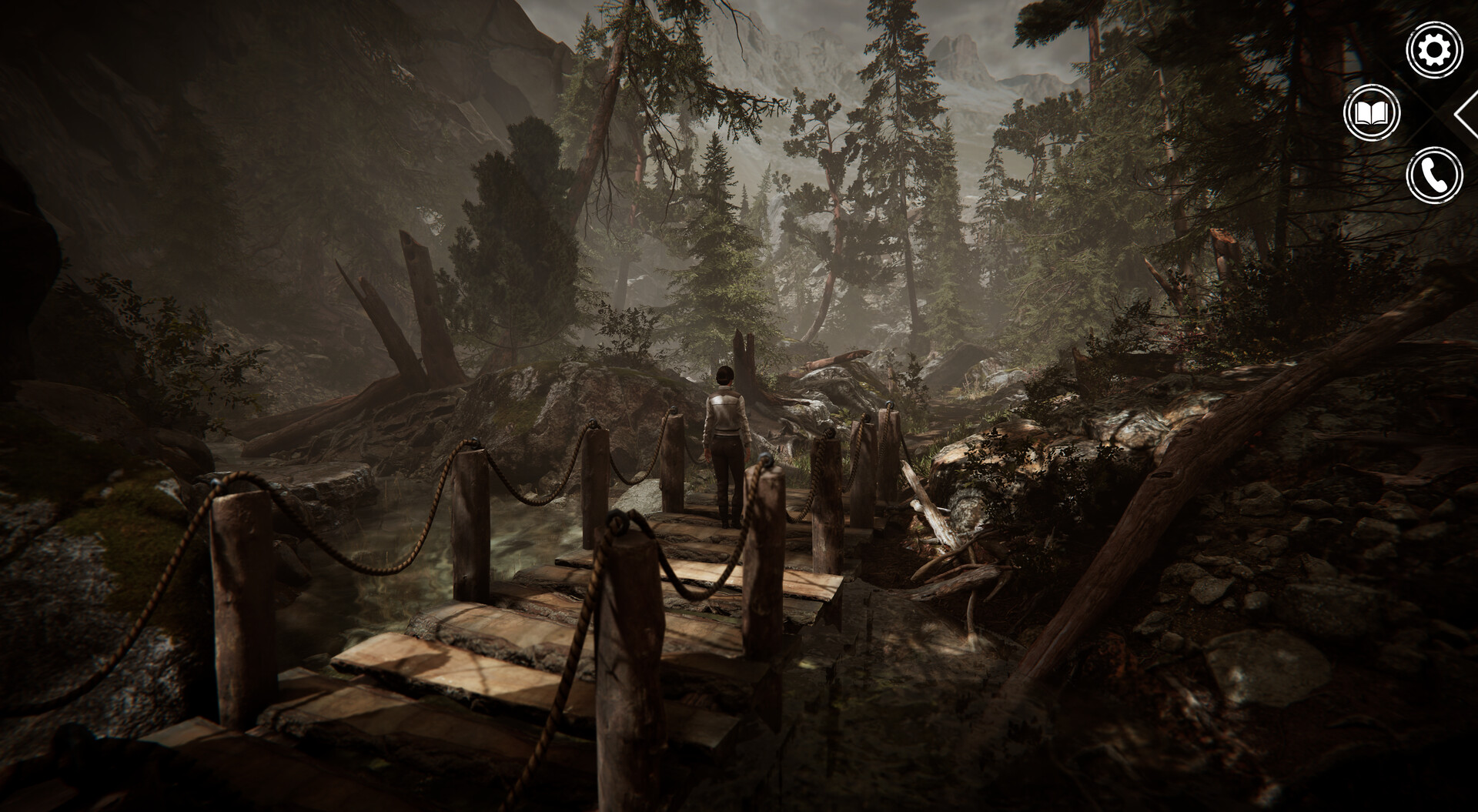Syberia Remastered arrives as a deeply respectful revival of Benoît Sokal’s celebrated 2002 adventure. Its primary goal is not to reimagine the classic, but simply to update its technical presentation, preserving the haunting atmosphere and the unique, meditative storytelling that defined the original. The resultant restoration successfully enhances the visuals and stabilizes performance, yet it rarely dares to move beyond the boundaries of its era. This is a game that is faithful, undeniably cosy, and quietly beautiful—but also unmistakably dated in its mechanics.
The remaster succeeds in offering a cleaner window into a beloved world, allowing the iconic design work to truly shine. However, the game’s restraint in avoiding any meaningful modernization means that while veterans will feel a warm sense of nostalgia, new players may struggle to adapt to the methodical, slow pace and technical limitations of early 2000s adventure design.

An Automaton’s Melancholy Road Trip
Syberia’s enduring charm lies in its atmosphere and world-building. The game blends mechanical fantasy with a fading European melancholy, creating settings unlike any other. This is Benoît Sokal’s vision brought to life, focused on the profound melancholy found in abandonment and mechanical ingenuity.
The environmental design remains one of the title’s strongest aspects; atmospheric creaking automaton workshops and abandoned, snow-dusted train stations all feel beautiful, cool, and full of character. Moments of storytelling, delivered through simple, slightly stilted but earnest cutscenes, contribute a strong, almost naive sense of nostalgia for the era from which they originate. The world itself tells a story of quiet yearning, drawing the player into a philosophical journey far grander than a simple point-and-click adventure usually provides.

The Leisurely Tempo of Logic and Loading Screens
Syberia Remastered firmly maintains the methodical, slow-paced structure of classic adventure game design. For players specifically seeking a relaxed, atmospheric experience, this pacing truly creates a sense of calm and unhurried exploration—at times feeling almost meditative. However, this commitment to a leisurely tempo also means the core gameplay loop—puzzles, mandatory backtracking, and general traversal—unfolds at a speed that consistently tests the patience of modern players.
The puzzle design itself is classic adventure fare, ranging from moments of sharp, satisfying logic to instances that feel occasionally obscure or counter-intuitive. Although the remaster includes welcomed quality-of-life adjustments like smoother cursor movement, the mechanical issues of the early 2000s persist. Movement and pathfinding can feel unnecessarily awkward, traversal is frequently interrupted by abrupt camera transitions, and the player will encounter tons of loading screens that break the flow of exploration. The core experience is definitively rooted in its original time, prioritizing atmospheric immersion over mechanical fluidity.

Beautiful Backdrops, Janky Puppets
Visually, the remaster achieves its goal: it brings clarity and polish to Syberia’s world without fundamentally altering its original visual identity. The improved resolution pairs with clearer textures and gentler, more sophisticated lighting that emphasizes the rich detail in the pre-rendered backgrounds.
Yet, despite this significant enhancement to the static environments, the game still shows its age noticeably in motion. Character models, especially Kate Walker, are often rendered with stiff, rudimentary animations, and the camera angles remain stubbornly static. The result is a look that is cleaner and sharper than before, but clearly not aesthetically reimagined.
Sound design follows the same uneven pattern. The haunting, evocative orchestral score is as warm and essential to the atmosphere as ever. However, the remaster suffers from a frequently frustrating audio imbalance: music and surrounding environmental effects often swell so loudly that critical dialogue becomes difficult to distinguish, repeatedly pulling the player out of otherwise immersive moments.

Conclusion: Still Magical, Still Flawed
Syberia Remastered is undeniably a loving restoration of an adventure classic. It successfully preserves nearly everything that made the original game memorable: the melancholic tone, the uniquely imaginative world, and the gentle, reflective pace. The improved visuals effectively highlight the exceptional environmental design, and the soundtrack remains powerfully emotional, even with its technical volume flaws.
The remaster’s biggest limitation is its own restraint. By refusing to attempt any meaningful modernization of its mechanics—retaining the clunky movement and dated structural demands—it only serves a specific audience. For longtime fans, this authenticity will feel like a warm, familiar return. For new players, however, the experience may feel akin to stepping into a beautifully curated museum exhibit: fascinating and profoundly atmospheric, but unmistakably a relic from another time. It is still magical, still flawed, and still unmistakably Syberia.

Leave a Reply